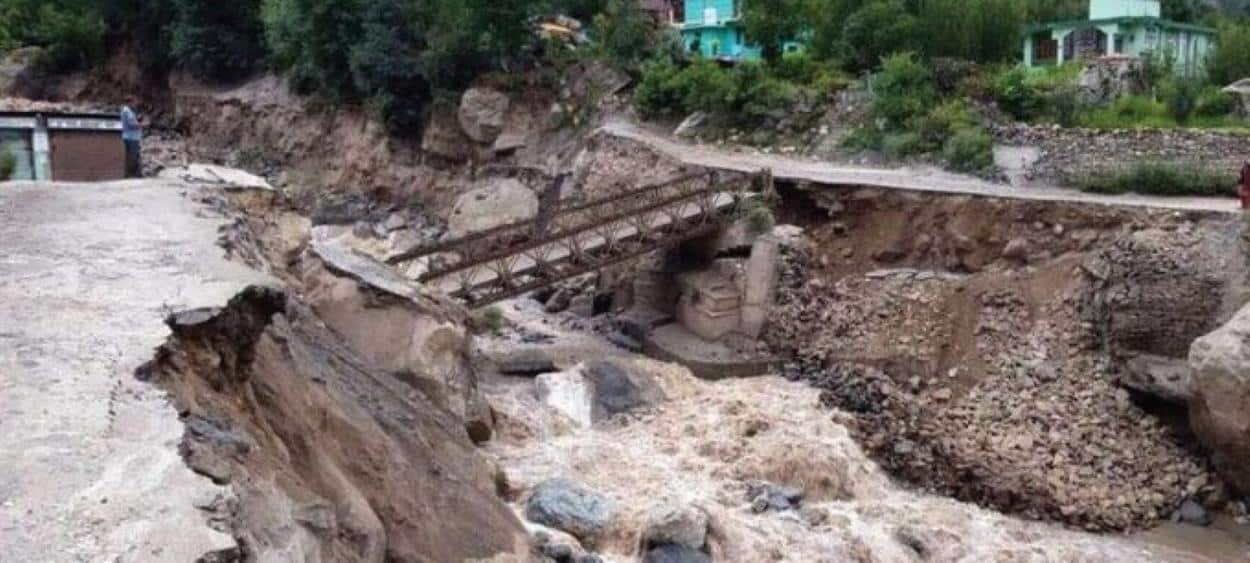Severe monsoon flooding has devastated the Diamer district in Gilgit-Baltistan, resulting in the loss of at least six lives and leaving several others missing as of July 24, 2025.
In the same region, cloudburst-induced floods have claimed the lives of six tourists. Meanwhile, Rawalpindi is mourning the loss of a retired colonel, as search operations continue for his daughter and a teenage companion. Rescue efforts are facing significant challenges, leading to frustration among the public.
👀 Moment Cloudburst Causes Flash Flood In Gilgit-Baltistan, 🇵🇰
Landslides and floods caused by monsoons have left at least three dead and 15 missing, according to authorities. (AFP) pic.twitter.com/8ezBLzPrim
— RT_India (@RT_India_news) July 23, 2025In Diamer’s Babusar Valley, floods resulted in the deaths of six tourists, with one body recovered on July 24, increasing the toll from five. GB spokesperson Faizullah Faraq stated, “The search operation to locate the remaining tourists is underway.” Rescue 1122 reported damage in Ghanche’s Kandos villages, affecting homes, a dispensary, mosques, and crops. Additionally, Sikarkoi’s Dass Mohallah experienced infrastructure impacts due to the flooding.
Pakistan’s monsoon season (June–September) brings deadly floods, worsened by climate change. Punjab declared a state of emergency last week, with over 60 deaths in 24 hours. Section 144 was imposed to manage risks.
Reports of Almost 60-70 people dying due to floods on Babusar Top road (Islamabad – Gilgit). I urge the people from cities to please avoid travelling to the north in such conditions. Also the government shud arrange special flights for students stuck in the north. #Gilgit #floods pic.twitter.com/twYWdoacmM
— theweeknd (@yasircr7) July 22, 2025Rescue 1122 faces challenges in flood-hit areas. In Rawalpindi, public frustration led to protests, while operations in Gilgit-Baltistan continue despite difficult conditions. Authorities urge residents to avoid areas prone to flooding.
In summary, these floods highlight Pakistan’s vulnerability to climate-driven disasters. Ongoing rescues and public outcry underscore the need for improved disaster response.






